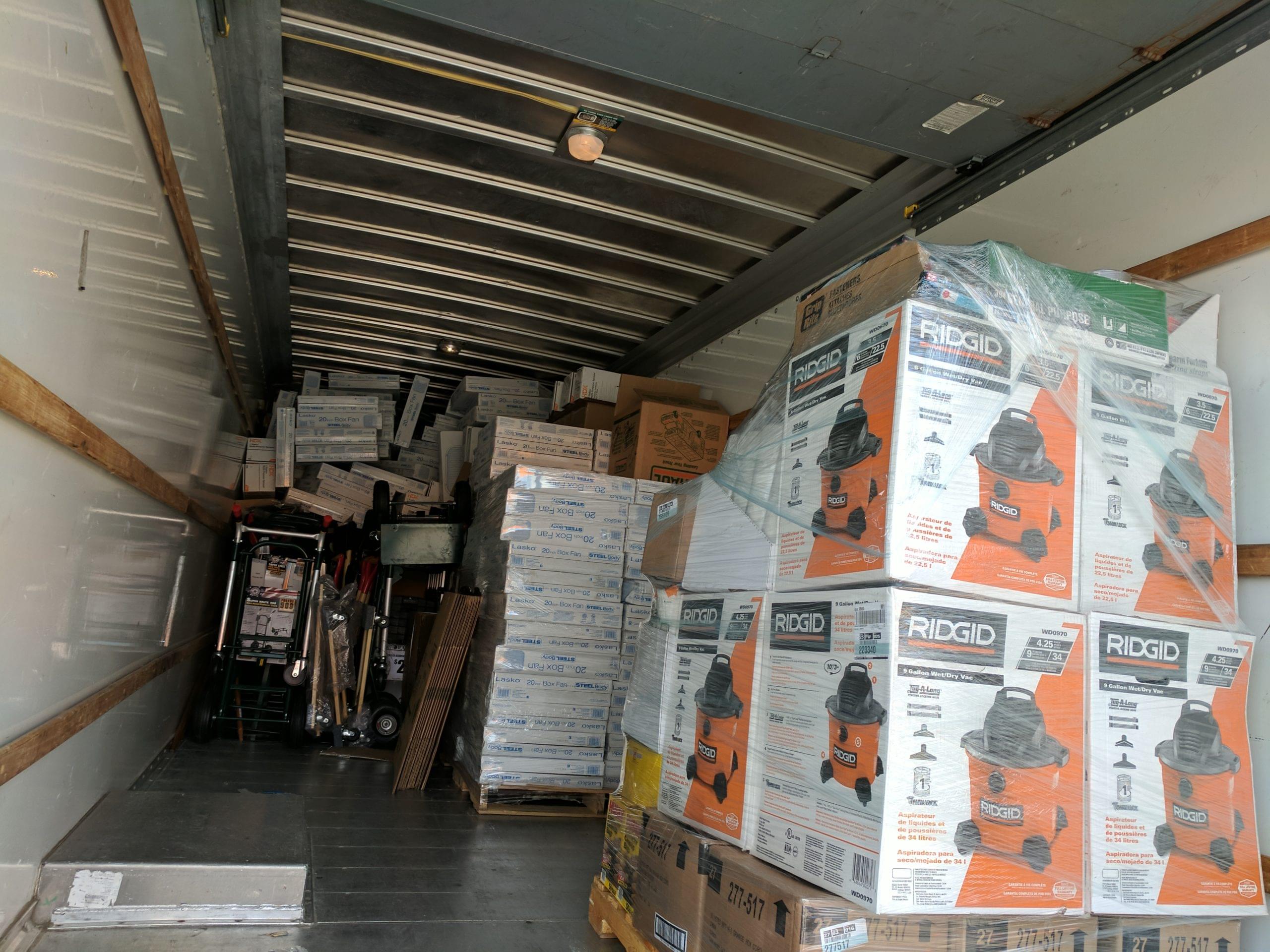Even while Hurricane Harvey was still hovering over the Houston area, dumping what would eventually total 50 inches of rain in several areas and flood approximately 200,000 homes, HCSS employees were already hatching a plan to help the community recover.
That plan would allow HCSS employees and volunteers from the community to help clean flooded flooring, drywall, and other materials from more than 130 homes, saving Fort Bend County residents approximately $3.3 million dollars.
HCSS Vice President of Research and Design Michael Bordelon and his wife, Sheri, who rode out the storm in Dallas with his parents, were watching the high-water rescues and families in shelters on television and trying to think of ways to help from afar.
“I felt like all of this rescuing stuff was going to be over soon, and the next big thing was going to be mucking these houses,’” he said. “But there wasn’t going to be any cleanup materials in Houston. We were up there in Dallas – why couldn’t we get them?”
Bordelon started emailing with Vice President of Strategic Initiatives and Customer Solutions Tom Webb and Facilities Manager Kevin Murphree, who had already cleaned out his sister’s flooded house, to discuss the materials they would need and how to get them.
Bordelon said he even got help from social media, posting a draft materials list on Facebook and Reddit to get suggestions for cleanup materials. He said more than 100 people contributed ideas that he never would’ve considered.
“We asked ourselves what it would take to outfit 10 teams of people to clean 100 houses, and the numbers were staggering: 10,000 masks, 10,000 pairs of gloves, 300 gallons of bleach, 50 multi-tools,” Bordelon said. “Where were we going to get all of this stuff?”
Then he asked HCSS President and CEO Mike Rydin for the money to purchase the tools and transport them from Dallas to Houston. Rydin approved $20,000 almost instantly.
“He never really hesitated at all,” Bordelon said. “He said, ‘Just get what you need to get.’ He hasn’t been held up at all, and the fact that he didn’t flinch gave me the confidence to do it. I think if he had put a lot of constraints on us or second guessed us a lot, that I might have gotten really nervous about it.”
Bordelon called Director of Marketing Operations Kara MacDonald, who was also in Dallas with her family, to ask if she wanted to help figure out the logistics of purchasing and transporting cleaning and demolition materials that would end up totaling $26,000.
“I said, ‘Of course, I’m happy to help,’” MacDonald said. “I was in a neighborhood that was going to flood, and my house might be one of them, so it was a way that I could help and be prepared for it all before coming back and having to deal with it. Being up north 250 miles away, you’re essentially helpless. There’s nothing that you can do.”
MacDonald’s neighborhood is backed by the Brazos River, which runs through Fort Bend County. It crested at nearly 56 feet – 8 feet above flood stage – and flooded several neighborhoods in the county. Her neighbors had flooded during the Tax Day Flood in 2016.
“I really just ignored the worries about my own house and thought about my neighbors that were going through this a second time,” she said. “I tried to remember everything they had to do that first time and lessons learned so that the things that we brought back were the important things and not just random guesses.”
Bordelon rented a 20-foot U-Haul van to haul supplies, but U-Haul upgraded him to a 26-foot van with extra insurance and a late return for no extra charge, and three teams of people, including his own friends and family in Dallas, started purchasing supplies at Sam’s Club, Home Depot, and Walmart.
The stores put the purchases on pallets and shrink-wrapped them to make them easier to load using forklifts. Bordelon said he got some looks when he told Home Depot he was buying all 130 of their box fans.
Other people took notice of the work being done, as well. One woman walked up to him while the truck was being loaded and handed him $100, telling him only to do something good with it.
“A woman came out and saw us loading up, and she asked if we were going to Houston,” MacDonald said. “We said yes, that we were from there, and she just burst into tears. She was from Port Aransas, where the eye of the storm hit, and her home was totally destroyed. She was just thankful that we were going to be helping.”
Bordelon drove the truck down to Houston on the Wednesday after the storm, reaching HCSS that afternoon. But he wasn’t even sure anyone would be at the office to help him unload.
“We pulled into the parking lot, and everybody was there – like, 100 people,” he said. “It was the craziest thing I’ve ever seen. This truck was filled to the brim, front to back, with stuff, and it all went into the gym. Then we turned teams loose unboxing things. There were people hauling out boxes, a lot of things needed assembly. Once everybody kind of got the plan, you just stepped back and things just started to fall into place.”
Two hours later, Bordelon said he and Webb stood back and saw 10 teams worth of cleaning materials set up and ready to use.
“It seemed almost instantaneous,” Bordelon said. “We got three crews out that evening with gear in houses, and 170 people the next morning. All that logistics happened in parallel, and we went pedal to the metal for at least five days until anybody took a real break.”
As of September 13, HCSS has cleaned up 133 homes thanks to a total of 936 volunteer hours from employees and community members.



